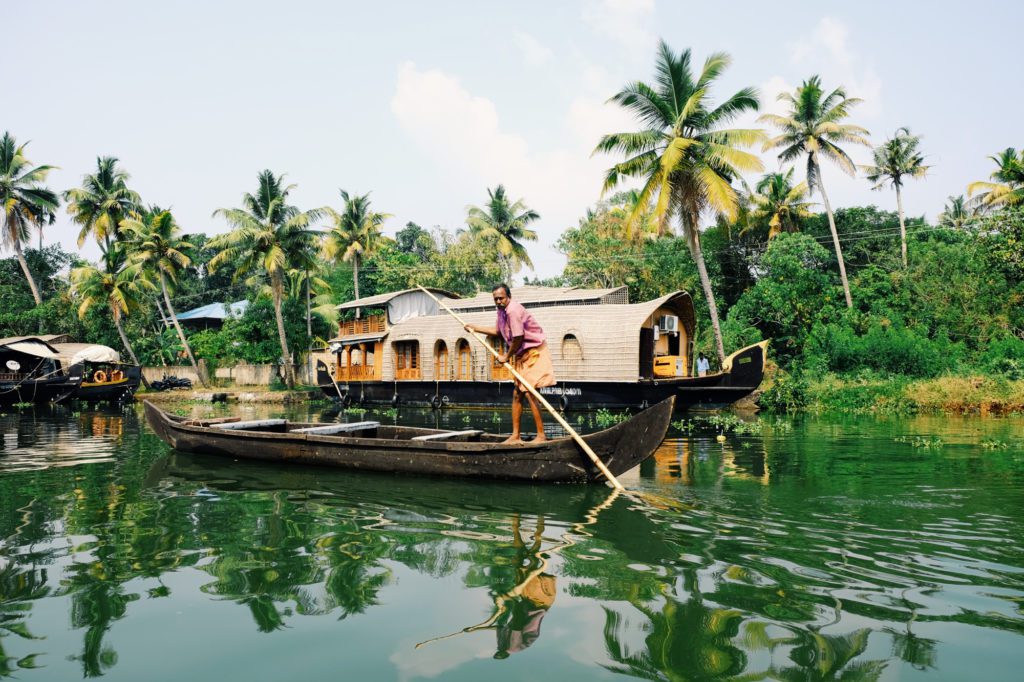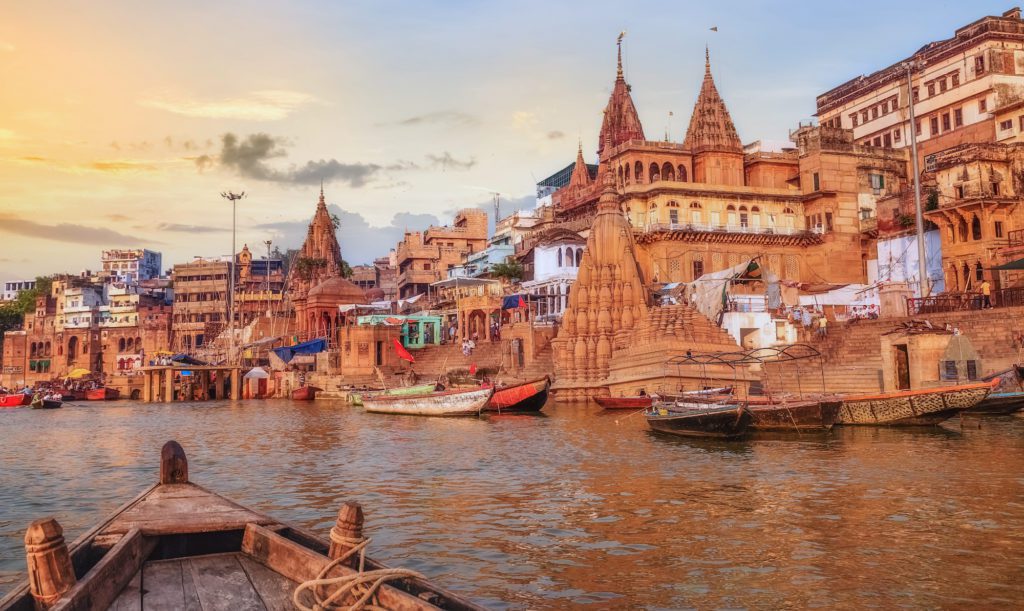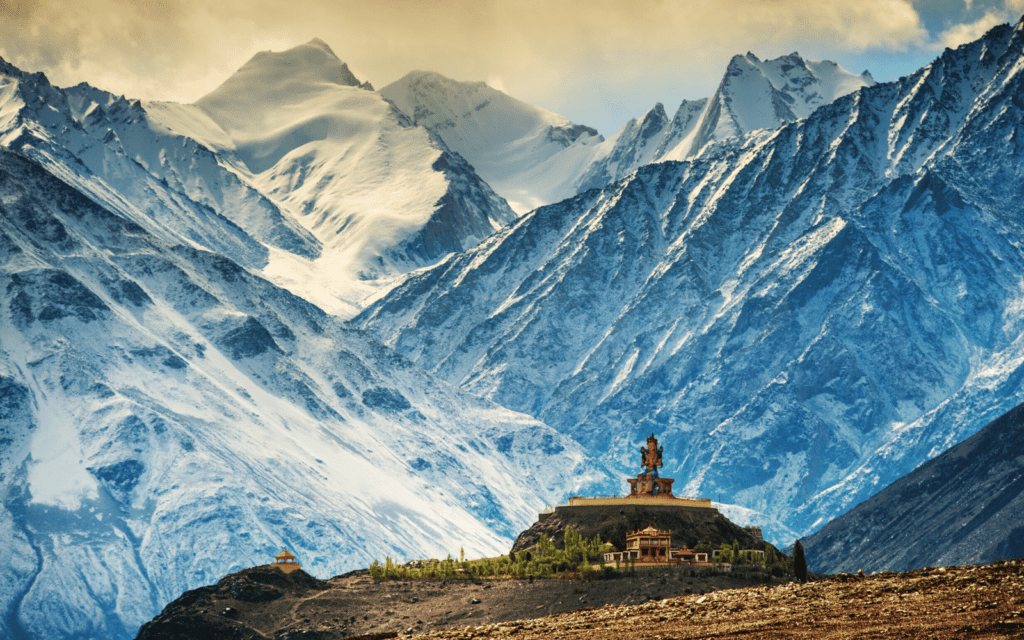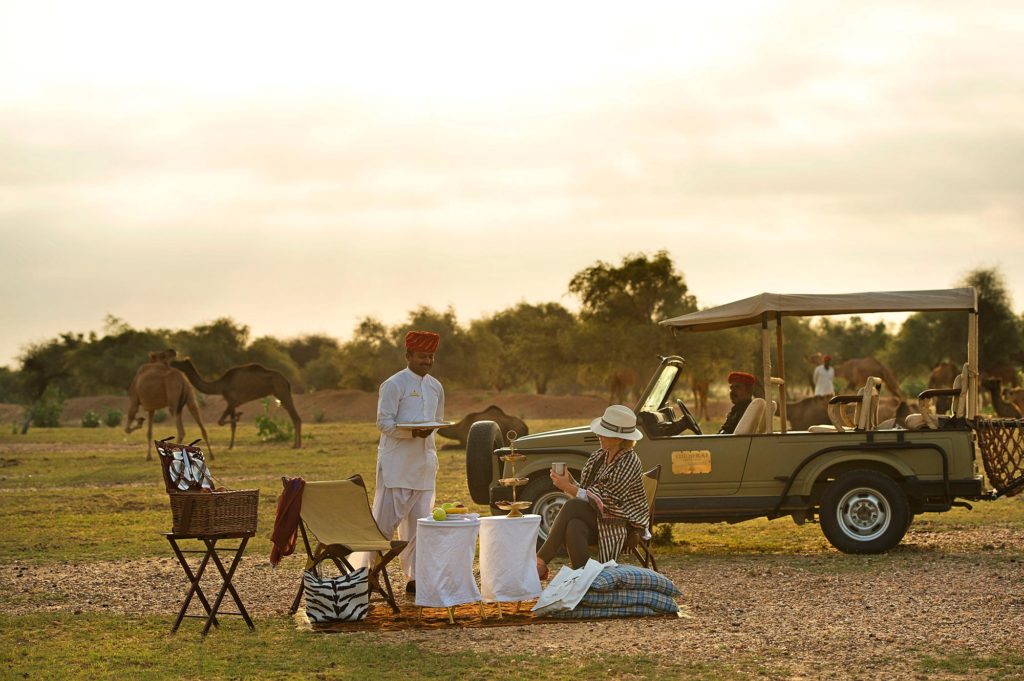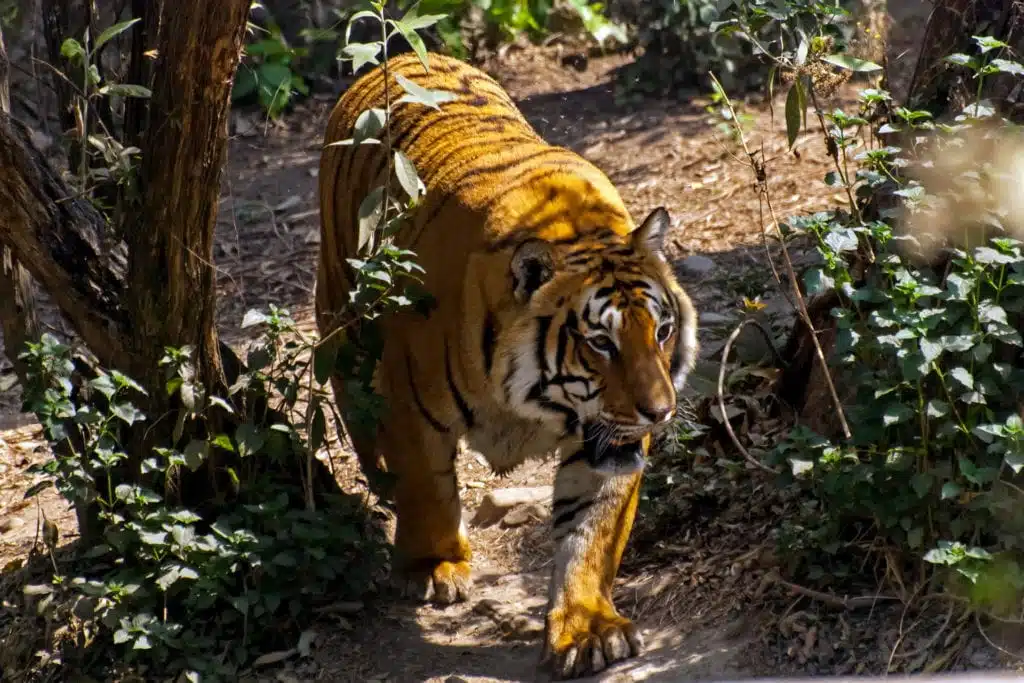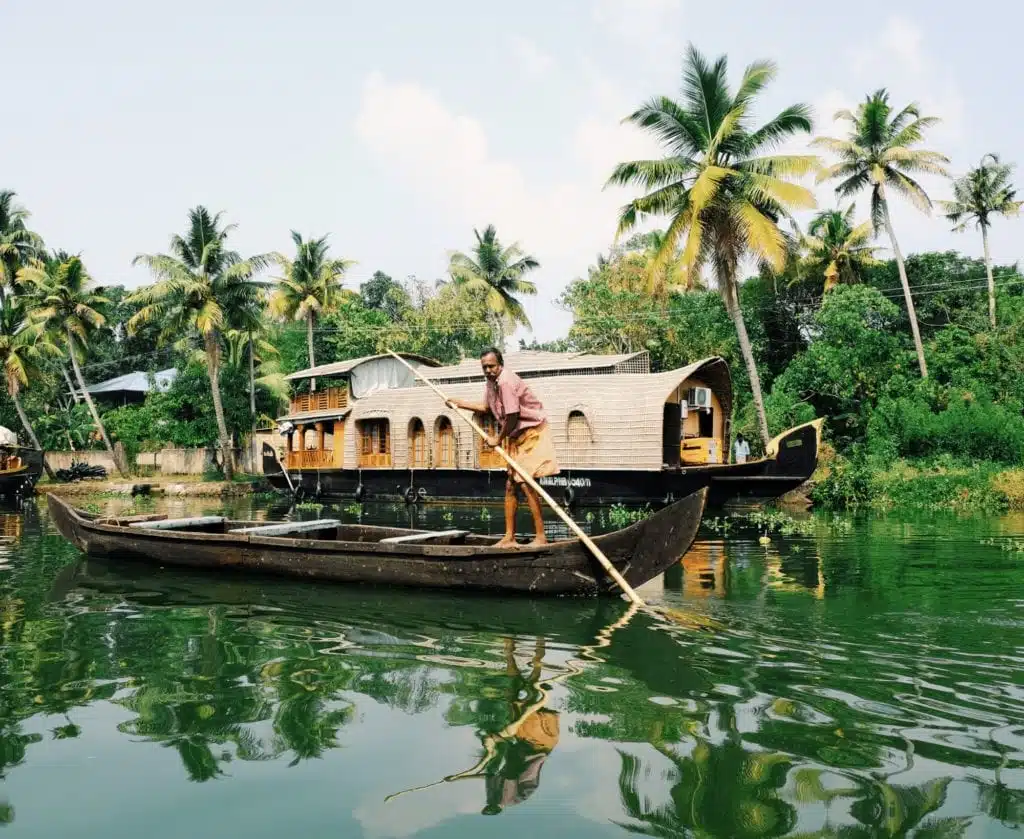HOW LONG SHOULD I SPEND IN INDIA?
The short answer is ‘never long enough’! For every experience you enjoy, another dozen places to visit in India present themselves. A minimum of two weeks is necessary to fulfil a reasonable spectrum of destinations. 21 days will give you the opportunity to explore a wider range of destinations the north and south, with the possibility of concluding in the magical Maldives for a relaxing, tropical culmination to your India adventure.
WHEN IS THE BEST TIME TO VISIT INDIA?
With many destinations, there is a distinction between preferable and not-so-beneficial times to go. With India, this division is black and white, and we go so far as to suggest absolutely not visiting in the hot, wet months of monsoon. However, with significant climatic and geographical diversity and so many places to visit in India, the exact timing of your visit may vary. October to March are considered the best months, but if you anticipate venturing into the Himalayas to track snow leopards, this may vary slightly to avoid the most frigid months of the year.
WHAT CAN I EXPECT FROM ACCOMMODATION IN INDIA?
Though technically considered a third-world country, accommodation is an aspect of India for which no expense is spared. Wherever you stay, you will find comfort, convenience and unwavering luxury. To complement this, service is of an impeccable standard, and you can be assured of excellent and attentive staff everywhere from the palace-hotels of the cities to the luxury tented camps of the wilderness regions.
WHAT CAN I EXPECT FROM INDIAN CUISINE?
India is renowned for its highly distinctive culinary offerings, with spices and flavours emulated all across the world. As with many cultural dishes, you have never experienced it truly until sampling it in the country of origin. Each region has its own distinct range of flavours and dishes – some rich with chicken and meats, others, such as in Kerala, fresh and spicy with a seafood influence. The Western palate can be challenged by the heat of Indian cuisine. Kormas and Biriyanis tend to be less spicy, while Madras, Vindaloo and Jalfrezi curries really turn up the heat.
Another point of note is that vegetarian options are plentiful, as too are dishes suitable for gluten-free diners. Most premier restaurants will offer a specific gluten-free menu, though many dishes, with their focus on rice, vegetables and usually some addition of meat, are naturally gluten-free. Low-gluten dishes are prevalent, but if you happen to be celiac, avoid naan and chapatis, as well as kofta balls, which contain bread crumbs, and fried food and tandooris that can carry the risk of cross-contamination of gluten.
OTHER DETAILS:
Depending upon your itinerary, flights will be arranged to one of several international airports. Global flights are convenient and of premium quality. From your arrival destination, internal flights are easily arranged, allowing you to traverse much of the country. Visas are required for most international visitors and should be arranged in advance. Your travel designer will advise you of these requirements.
English is widely spoken, and staff and guides will all have strong language skills to assist you in both their service and translation if required. Despite such luxury and superb service, India can be a little confronting for the more timid traveller, though we will ensure your comfort at all times. We recommend India as an exceptional destination for the curious, those wishing to discover new cultures, wonderful foods, unique, endemic nature and a rich and extensive history.

